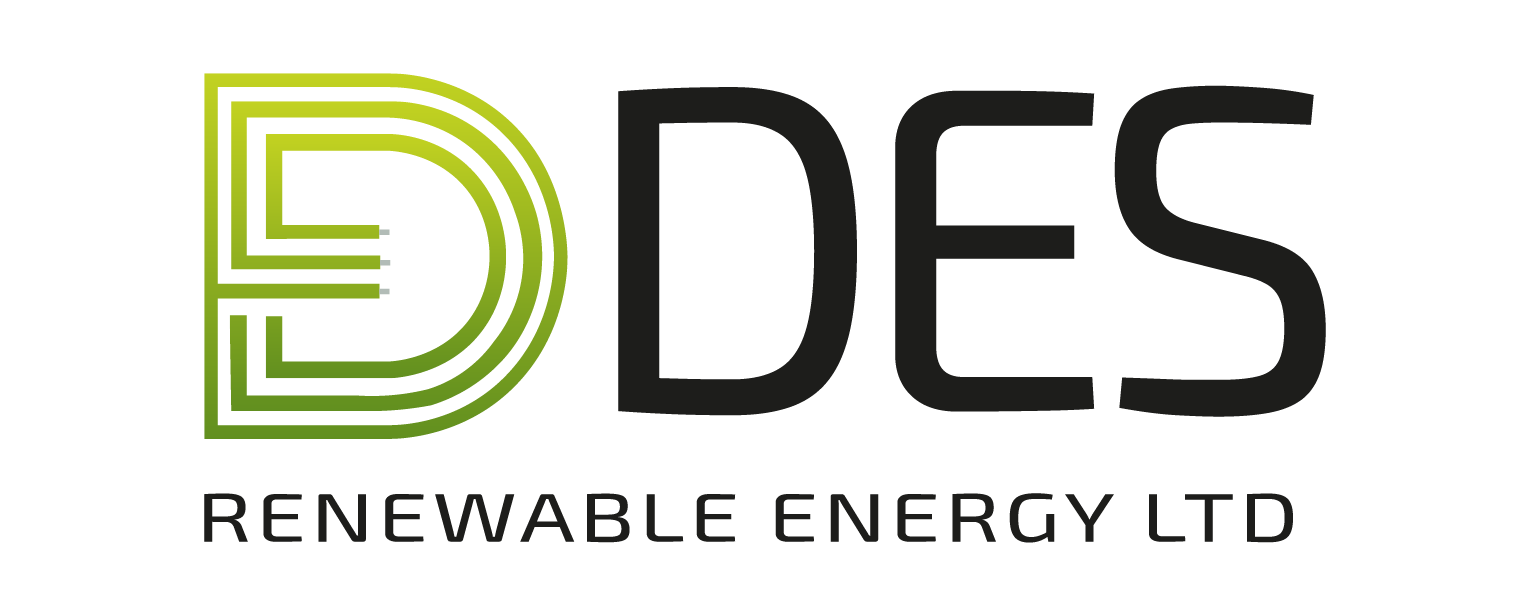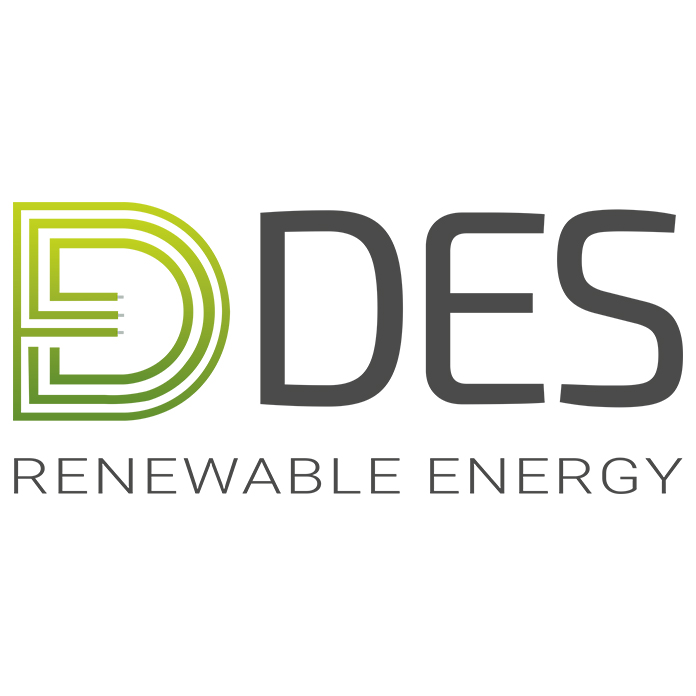How Many Solar Panels Do I Need?
Getting the right amount of solar panels for your residential solar or commercial solar installation couldn’t be more important. The number of panels your array has will directly affect the amount of power it can generate, and therefore impact how much electricity you produce yourself on site with solar energy, and how much you need to buy from the national grid.
To work out exactly how many panels you need you’ll need to think about your annual energy usage currently, how much exposure to the sun your panels will get throughout the day, and the size of your roof (which may limit the amount you can have).
Read on to answer the question: ‘How many solar panels do I need?’.
Factors Affecting How Many Solar Panels Your System Needs
There are a few different factors affecting how many solar panels you’ll need. Some have a bigger overall impact than others, but ALL of the factors below are things you’ll need to consider before investing in a solar array:
- Annual energy usage
- Sunlight hours
- Solar panel kWh
- Roof space
- Solar panel size
- Roof pitch & direction
Annual Energy Usage
Most people don’t know their annual energy usage off the bat, but finding out how much energy you use per year couldn’t be simpler. There are a few different ways you can find out your annual energy usage quickly and easily:
| View Your Annual Summary | Most energy suppliers will supply their customers with an annual summary of their bills. This will provide you with your total annual energy usage over the past year. |
| Create A Summary Yourself | If you don’t receive an annual summary from your supplier, for whatever reason, you can always simply add up how much energy you used each month for 12 months to get your annual usage. |
| Contact Your Supplier | Not everybody keeps records of their energy bills, and that’s OK, because your supplier will. If in doubt, contact them and they’ll be able to give you your annual usage. |
Knowing your annual energy usage is one of the most important factors because without this knowledge, you may purchase a solar array that doesn’t cover your needs, or pay more for a larger system you don’t really need.
Sunlight Hours
The amount of direct sunlight your panels get will directly affect the amount of power they can provide. And the difference is by no means small. The exact same solar panel system installed at identical properties with identical annual power usage in south-west England and north-east Scotland could see a difference in power production of around 700kWh (kilowatt hours) each year.
In order to get the same amount, the Scotland home would need more panels to produce the same amount of electricity for the home.
And whilst that is an extreme example, your location in the UK will affect how many hours of direct sunlight your panels are exposed to each year. A little research will tell you how many hours of direct sunlight your panels can expect in your location.
It’s true that solar panels still work in indirect sunlight on cloudy or rainy days, but they don’t work as efficiently.
Solar Panel kWh
Most domestic solar panels are 350W, but some domestic panels can be as powerful as 600W. However, how powerful your solar panels are isn’t the most important thing to know when deciding how many solar panels you need. In fact, it’s the kWh that a single panel can provide per year that’s most important.
A standard 350W panel produces around 265kWh of electricity per year. A larger, 600W panel could produce around 2.4kWh of electricity each day – amounting to just over 875kWh of electricity per year.
An average 3 bed house will use something close to 2900kWh of electricity annually, meaning if you’re using more common (and cheaper) 350W panels, this household would need 10-12 panels to cover their annual usage. For a system made up of 600W panels, the household would need 3-4 panels to cover their annual usage.
Roof Space
The size of your roof will directly affect how many solar panels you can have. Even if you need more solar panels, your roof will have a limit on how many it can realistically accommodate.
And don’t forget about panel weight, too. You might think that it’d be easier to accommodate 3-4 600W panels than it would to accommodate 10-12 300W panels on your average 3 bedroom home, but this isn’t always the case.
Solar Panel Size
The more powerful your solar panel, the more square meters each panel will take up in terms of space on your roof. And the more powerful it is, the more it’ll weigh, too.
Let’s compare average 350W and average 600W panels again to illustrate our point:
| Dimensions | Weight | |
| 350W Panels | 1.9m x 1m = 1.9 square metres | 21.6 kg |
| 600W Panels | 2.4m x 1.1m = 2.64 square metres | 30.5 kg |
You would need to ensure that your roof could accommodate the number of panels you need based on their size and weight, too.
For example, a system made up of 12 x 350W panels would require 22.8 square meters of space on your roof, minimally. A system made up of 4 x 600W panels would require 10.6 square meters of space, but this would place a significant load on your roof in that smaller area due to the increased weight – and not all roofs will be up to supporting that.
As expert solar installers, we’ll be able to guide you through the best system for you to help you understand how many solar panels you need both to cover your energy usage, and to ensure it’s suitable and safe for your roof space.
Roof Pitch & Direction
You’ll get far more out of your solar panels on a south facing roof than on a north facing one. It exposes the panels to far more hours of sunlight, making them that much more efficient at generating power for your home.
If your roof is east or west facing, then you can expect around a 25% drop in production compared to south facing roofs, and north facing roofs are even worse than that.
The perfect roof pitch for solar panels is 30 to 35 degrees. This is optimal and will allow your solar panels to perform at their best, but they can still function, although with reduced production, at 15 to 50 degree pitches, too.
If your panels are to be placed on an east facing roof with a 15 degree roof pitch, then you’ll need more panels to get the same amount of electricity for your home when compared to a solar installation on a 30 degree south facing roof in optimal conditions, for example.
Common Solar Systems & Their Number Of Panels
We understand if you’re scratching your head a little after that breakdown of factors affecting the number of solar panels you need. So, to make things a little easier, we’ve put together a list of common solar systems and the number of panels they typically use. Remember, though, these are common systems based on average households, you might differ from them which is why we would always recommend discussing your future solar array with a member of our customer service team first.
| Solar System | Suitable Household | Number of 350W panels | Number of 600W panels | Energy output |
| 1 kW | 1 person flat | 3 | 1 | 800kWh |
| 2 kW | 2 bed house | 6 | 2 | 1600kWh |
| 3.5 kW | 3 bed house | 10 | 3 | 2650kWh |
| 5 kW | 4 bed house | 14 | 5 | 3700kWh |
How Do I Work Out How Many Solar Panels I Need?
Knowing which factors affect the number of solar panels you need and knowing common solar systems and the number of panels they typically have is one thing. But each household is different, so how do you know how many solar panels you need?
A very crude way of working out how many panels you need is to simply take your annual energy usage and divide it by the expected annual kWh of one solar panel you’re considering purchasing as part of your array. This will tell you how many panels you need.
For example, a household whose annual energy usage is 3065 kWh who were considering purchasing 350W panels with an annual output of 265kWh per panel could work out how many solar panels they’ll roughly need like this:
3065 divided by 265 = 11.5, or 12 x 350W solar panels.
A Word Of Warning…
The above method is perfect for those who only want to get a rough idea about the number of solar panels they’ll need for their home – but this ignores ALL of the other factors we’ve covered today such as sunlight hours, roof direction and pitch, and how much roof space you realistically have for your panels.
In order to answer the question ‘how many solar panels do I need’ thoroughly, you’ll need a surveyor to complete a thorough survey that’s capable of breaking down each factor to determine exactly how many panels you need in your system.
Work with DES today and we’ll guide you through the process and help create the perfect solar system for you – and we can even complete a free survey, fully remotely.
How Many Solar Panels Do I Need Summary
The very best way to answer that question is to contact our team. We’ll be able to discuss your needs and help you put together a plan for the best solar panel system for you. You can work with a member of our customer service team, and between you (both with the information you have and the remote survey* we’re able to complete – *in-person surveys may be necessary in rare circumstances) you’ll be able to come up with a solar PV system that’s right for you, your home, and your budget.
Contact DES Renewable Energy today to get started on finding the perfect solar system for your property with the perfect number of solar panels to achieve your solar energy goals.


